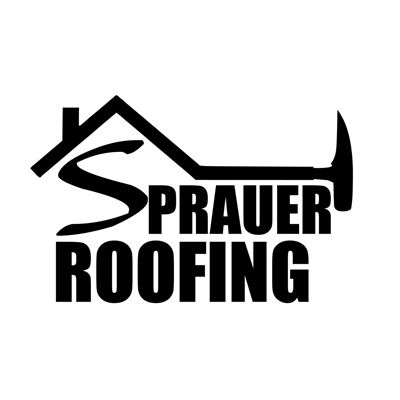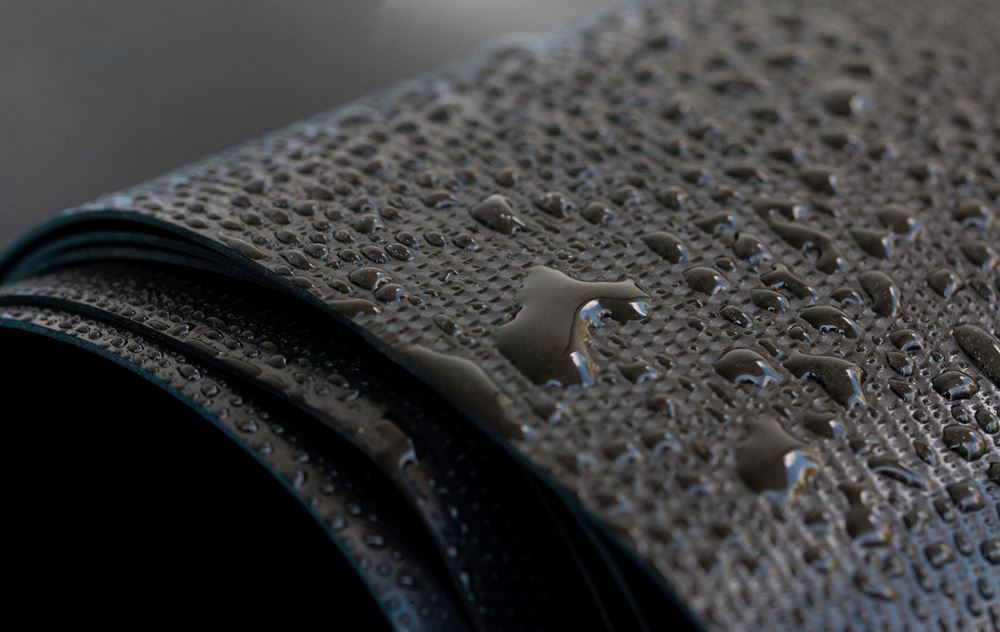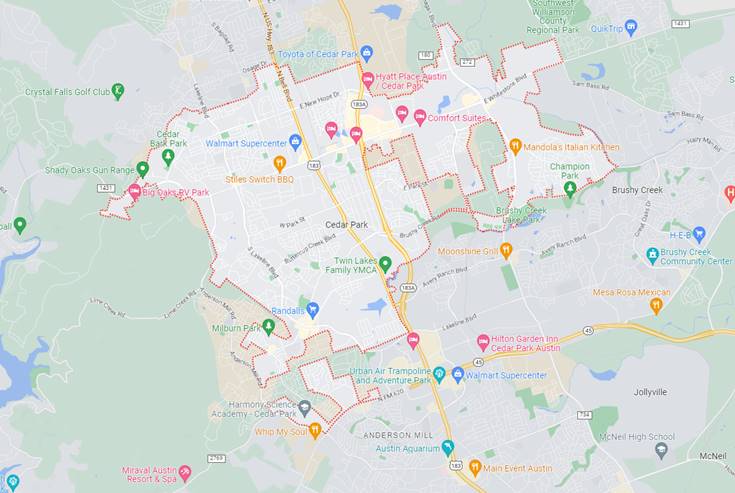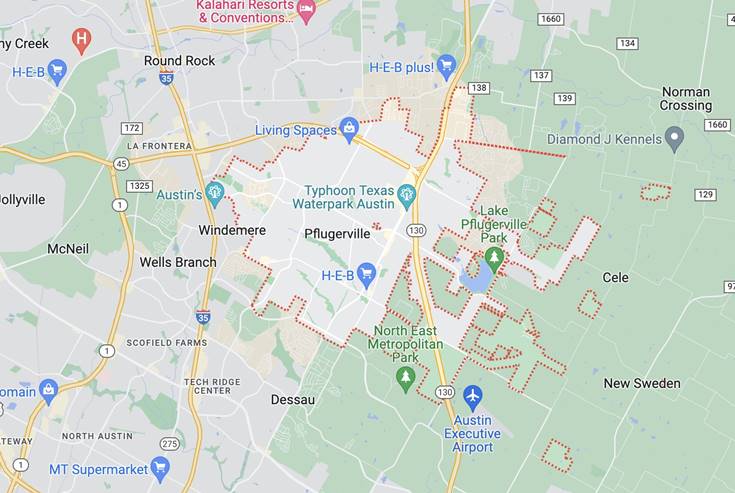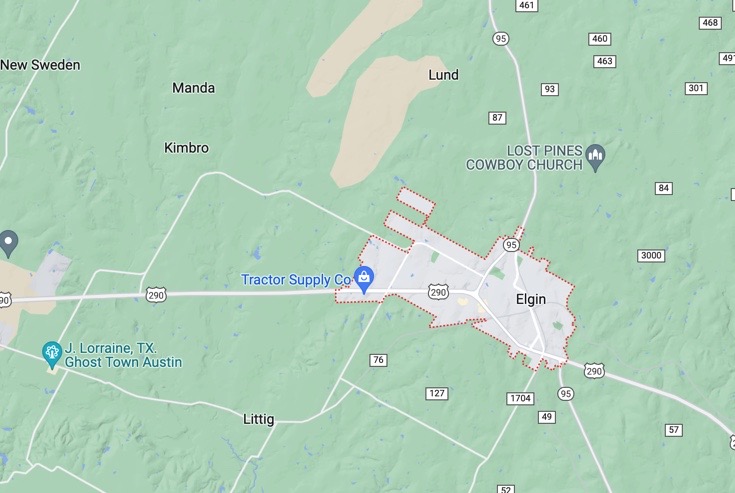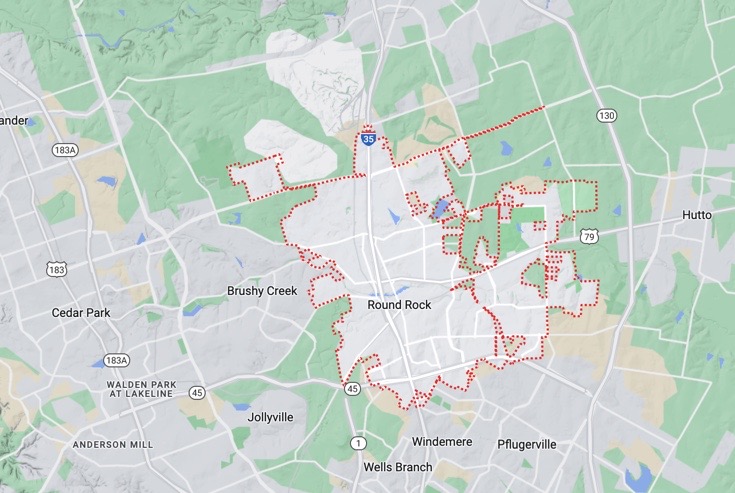As a business owner or facility manager, you know the importance of maintaining your commercial building. One essential aspect of maintenance is ensuring your roof is in top condition. Not only does a well-maintained roof protect your business and its assets, but it also creates a positive first impression for visitors and customers.
When it comes to commercial roofing, there are various options available. However, one option that stands out is rubber roofing. In this article, we will discuss the advantages of rubber roofing and help you determine if it’s the right choice for your business.
Advantages of Rubber Roofing
Durability
Rubber roofing, or EPDM roofing, is incredibly durable and can last up to 50 years with proper maintenance. It is made from a synthetic rubber material that is highly resistant to punctures, tears, and weathering. It can withstand extreme temperatures, including hail, snow, and high winds, making it an ideal option for commercial buildings in harsh weather conditions.
Low Maintenance
Rubber roofing requires minimal maintenance, making it an attractive option for busy business owners and facility managers. It doesn’t require frequent cleaning or sealing, and any repairs needed are typically straightforward and cost-effective.
Cost-Effective
Rubber roofing is also a cost-effective option for commercial roofing. It has a lower upfront cost than other materials such as metal or tile, and its durability means fewer repairs and replacements over time. Additionally, its reflective surface can help reduce energy costs by keeping the building cooler during the hot summer months.
Versatility
Rubber roofing is available in various colors and styles, making it a versatile option for various commercial building types. It can be customized to match the building’s aesthetic, and its flexibility allows it to conform to different roof shapes and sizes.
Is Rubber Roofing Right for Your Business?
While rubber roofing has many advantages, it may not be the best option for every business. Here are some factors to consider when determining if rubber roofing is right for your commercial building:
Climate
Rubber roofing performs well in extreme temperatures, but it may not be the best option for buildings with high UV exposure. Over time, the material can degrade and become brittle, leading to cracks and leaks.
Foot Traffic
If your commercial building has a lot of foot traffic on the roof, such as for maintenance or HVAC access, rubber roofing may not be the best option. While it is durable, heavy foot traffic can lead to punctures and tears.
Aesthetic Requirements
While rubber roofing is available in different colors and styles, it may not match the aesthetic requirements of every business. If the roof’s appearance is a crucial aspect of your business’s brand or image, you may need to consider other roofing options.
Building Type
Rubber roofing is an excellent option for flat or low-sloping roofs. If your commercial building has a steeply sloped roof, you may need to consider other roofing options.
FAQs
Q1. Is rubber roofing suitable for a building with a flat roof?
A1. Yes, rubber roofing is an excellent option for flat or low-sloping roofs.
Q2. How long can rubber roofing last?
A2. Rubber roofing can last up to 50 years with proper maintenance.
Q3. Is rubber roofing a good option for buildings located in areas with harsh weather conditions?
A3. Rubber roofing is highly resistant to punctures, tears, and weathering, making it an ideal option for commercial buildings in harsh weather conditions.
Q4. How does rubber roofing compare to other roofing materials in terms of cost?
A4. Rubber roofing has a lower upfront cost than materials such as metal or tile, and its durability means fewer repairs and replacements over time. Additionally, its reflective surface can help reduce energy costs by keeping the building cooler during the hot summer months.
Q5. How does rubber roofing perform in extreme temperatures?
A5. Rubber roofing performs well in extreme temperatures, including hail, snow, and high winds. However, it may not be the best option for buildings with high UV exposure, as the material can degrade and become brittle over time.
Conclusion
Rubber roofing is a durable, low-maintenance, cost-effective, and versatile option for commercial roofing. It can last up to 50 years, requires minimal maintenance, has a lower upfront cost than other materials, and is available in various colors and styles. However, before deciding on rubber roofing for your commercial building, consider factors such as climate, foot traffic, aesthetic requirements, and building type.
Rubber roofing is an excellent choice for businesses looking for a reliable and long-lasting roofing solution that can provide cost savings and energy efficiency in the long run.
